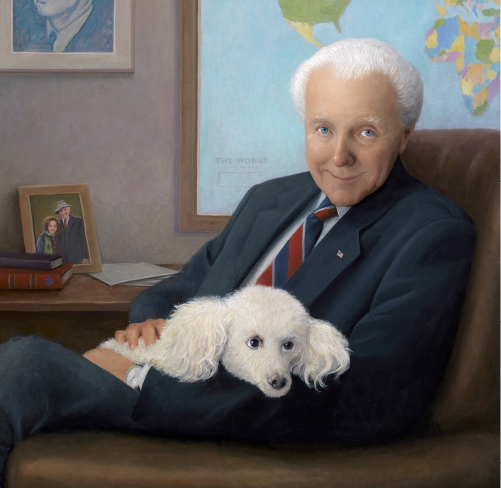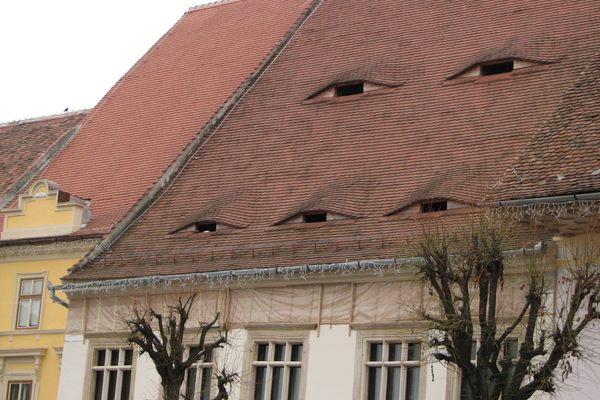Congress Ends Funding of Official Government Portraits
 Thomas Peter Lantos (2011) by Laurel Stern Boeck, detail. (Photo: Collection of the U.S. House of Representatives)
Thomas Peter Lantos (2011) by Laurel Stern Boeck, detail. (Photo: Collection of the U.S. House of Representatives)
A long-running dispute in Congress has finally reached its conclusion: The sordid practice of using taxpayer funds to pay for painted portraits of members of Congress and other government figures is officially no more, saving the government less than $500,000 annually.
Senator Bill Cassidy (R-LA), has been fighting to liberate thousands of dollars in tax revenue from servicing his fellow politicians’ egos since 2013, when he first introduced the Eliminating Government-Funded Oil Painting Act (the “Ego” act for short—and yes, that was intentional). The bill failed to pass in 2013, although its proponents attempted compromise by proposing a spending cap of $20,000. After this setback, the bill’s spendthrift spirit made its way into the 2014 budget as a rider on the annual Congressional spending bill. Now, the prohibition is permanent.
Although the meager savings may make Senator Cassidy’s quest seem a little quixotic, it’s difficult to fault its supporters’ argument that a photograph or selfie could now preserve American history as well as an expensive oil portrait. In fact, the frivolous nature of portraiture in the photographic age was pointed out as early as 1977 by President Jimmy Carter. At the same time, it’d certainly be a shame to miss out on some of the interesting symbolism artists’ occasionally include, such as the now-infamous allusion to Monica Lewinsky in President Clinton’s official portrait.
Fortunately, there is a long-established practices of outside groups funding congressional portraits as well. The Sunlight Foundation, a nonprofit group that advocates for government transparency and accountability, reported in a 2010 blog post that donors had contributed thousands to various politicians’ portrait funds. Such donations are accepted by the US Capitol Historical Society, which receives any money leftover from the fund after the portrait has been commissioned. Prior to the Society’s establishment in 1962, interest groups would occasionally fund-raise and commission portraits for politicians on their own. For example, former Representative Edith Nourse Rogers’ portrait was donated by veterans in 1950, in recognition of her support of military veterans and her service as the chairwoman of the Veterans’ Affairs Committee.
So, as long as spending on Congressional portraits is limited to generous donors and the politicians’ private funds, we’ll have to hope there remains a strong interest in portraits of politicians and their dogs. Regardless, I can assure you that Congressional fighting over paintings will continue for decades to come. As the Washington Post details, politicians have fought over paintings’ subjects and details for decades. Controversies include a 1947 outcry by a Native American group over a painting featuring a scalping (the painting was later removed), the Congressional Black Caucus’ 1995 protest over the decision to display a portrait of a segregationist in the House Rules Committee room, and John Ashcroft’s decision to cover all of the partially nude statues in the Department of Justice. Beauty must truly be in the eye of the beholder.







Follow us on Twitter to get the latest on the world's hidden wonders.
Like us on Facebook to get the latest on the world's hidden wonders.
Follow us on Twitter Like us on Facebook